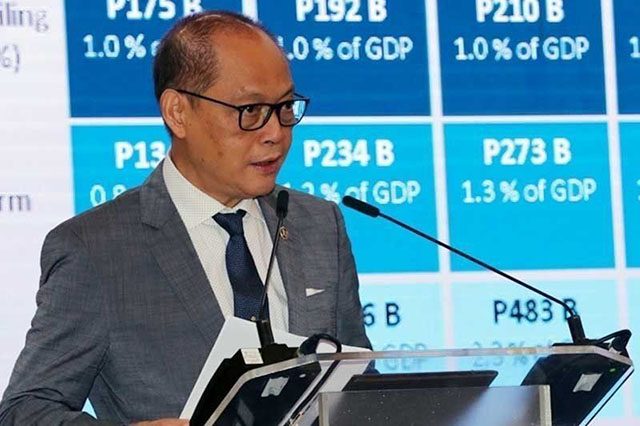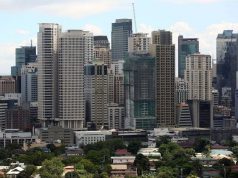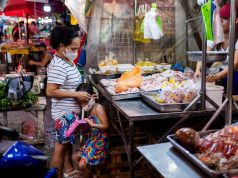
MANILA — Central bank governor Benjamin Diokno said on Monday cuts in both the benchmark interest rate and the reserve requirement ratio are “inevitable” this year as inflation has ebbed.
Diokno also said the country’s reserve requirement ratio (RRR) for banks, currently 18 percent, should be reduced to a single digit before his term ends in 2023.
The governor said the central bank is looking at reducing the RRR and the rate on its overnight reverse repurchase facility this year, but policymakers have yet to decide which will come first.
“Those two are inevitable, reduction of the rates and reduction of the reserve requirement. They will come. It is just a matter of time”, Diokno told a business forum.
In his remarks to the forum, the governor did not give a timeframe. When asked later by reporters about the timing, Diokno said “this year” but added that he does not know “the sequencing.”
Slowing economic growth
The level of required reserves for Philippine banks was cut twice last year in line with a medium-term plan to bring the ratio to a single digit and help bolster the economic growth rate, which is slowing.
Some economists expect the central bank to resume cutting the RRR and reverse some of last year’s policy tightening as early as its next policy meeting on May 9.
The Philippines remains one of Asia’s fastest-growing economies — it had 6.2 percent growth in 2018 — but policymakers had to grapple with soaring inflation and raised its benchmark interest rate by 175 basis points to 4.75 percent to slow the pace.
“As things normalize, naturally we should move towards normalization'” Diokno said.
Annual headline inflation, which hit a near-decade peak of 6.7 percent in September and October, is back inside the central bank’s 2-4 percent target this year as food and fuel prices have started to ease.
In March, Diokno was appointed to complete the six-year term of Governor Nestor Espenilla, who died in February of cancer.
— Reporting by Neil Jerome Morales; Writing by Karen Lema; Editing by Richard Borsuk









